Disadvantages Of Plywood And Common Problems – Is It Worth Buying?
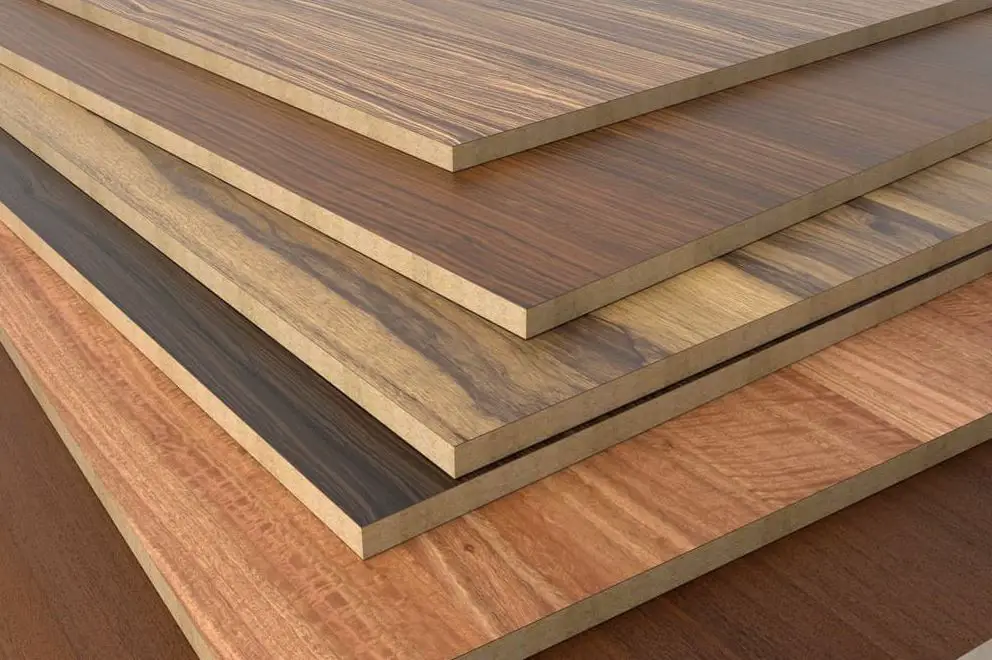
Whether you are a contractor or an avid DIYer, you have probably contemplated using plywood at some point. Plywood is a viable option for many different kinds of projects but how can you know when to use it?
And what are its uses anyway? Plywood is a very popular building material but like all building materials, it has its limitations. You can’t simply slap up plywood in a situation that calls for righteous lumber.
That’s because plywood has its fair share of inherent flaws and disadvantages. In the following article, we will be telling you exactly what those flaws and disadvantages are.
We will also be talking about instances in which using plywood is advantageous. For now though, let’s go over the basics…
Overview of Plywood
Plywood is an inexpensive form of engineered wood. It gets its name from the thin plies of wood veneers that are connected together to compose it. Plywood is flexible and can be used for many building and manufacturing applications; but its relative weakness is its greatest flaw.
What is Plywood?
Plywood is a type of engineered wood that is typically made from medium density fiberboard and chipboard.
It is manufactured as opposed to milled. Lumber is milled and undergoes very little manufacturing whereas plywood is 100% manufactured.
It is a cheap building material that is used in construction, furniture manufacturing, roofing, cladding and more.
How is Plywood Made?
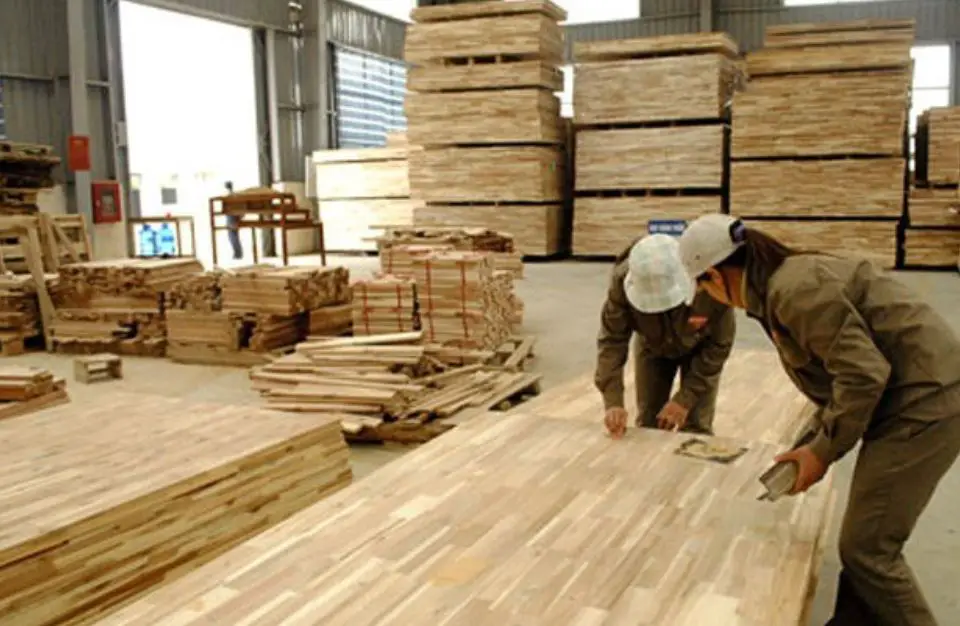
In a nutshell, plywood is made by adhering thin wood veneers together to make a flat sheet of composite wood. The thin wood veneers are usually made from chipboard or medium-density fiberboard.
On their own, these thin sheets of wood are not very strong. However, when they are glued together in an alternating pattern, they create a stronger sheet of wood. That is what we call plywood.
Glue is used to adjoin the thin veneers of wood. The grains of the veneer sheets are alternated to increase the tensile strength of the complete plywood board.
Glue is applied to the veneers and a hot press is used to secure the layers together and set the glue. Finally, the plywood boards are sanded down to give them a smoother surface area.
Disadvantages of Plywood
Not As Strong As Regular Lumber
The fiberboard and chip board that are used to manufacture plywood is nowhere near as strong as proper lumber.
The materials used to make plywood are essentially byproducts of actual lumber; but they don’t have the same natural density and are therefore weaker than normal wood.
Not Ideal for Surface Use
In most cases, you won’t see exposed plywood in homes outside of maybe the garage or basement. Plywood isn’t exactly pretty to look at and it splinters very easily so you will never see it used as a table or countertop material.
Susceptible to Insects
While this is true of many types of engineered wood and even traditional lumber, it must be noted that plywood is also susceptible to damage from termites and other wood-loving insects.
Moisture Damage
Because plywood lacks the tightly-packed grains of hardwood, it is susceptible to water damage. It cannot be stored anywhere that gets wet and will be permanently damaged if exposed to moisture for long periods of time.
Poor Paint Surface
The rough and composite surface area of plywood makes it lousy for painting. Often, paint will simply chip off of a plywood surface.
Price
Plywood is actually one of the more expensive types of engineered wood. It is more expensive when compared to medium-density fiberboard, for example.
It’s Difficult to Cut
There is no cutting against or with the grain with plywood. That’s because the grains are designed to run perpendicular to each other with every layer.
It is also prone to splitting and chipping which makes it very difficult to cut – precisely at least.
Rough Edges
Depending on what you’re using plywood for, the edges will need to be finished with a laminate or veneer. That’s because the alternating layers that make up plywood are exposed at the edges and tend to be very rough and vulnerable.
Splintering
Chip board and fiberboard are essentially made from wood pulp so they are already very susceptible to splintering. Plywood can easily sustain splintering damage during transportation as well.
Tough Sanding Material
If you are using plywood for furniture or cabinets, you will likely have to sand it. Sanding plywood takes much longer than regular wood and will likely require more physical effort.
Difficult to Screw Into
Plywood may not be as dense as hardwood; but it’s still difficult to screw into. Not only that, it does not provide good hold for screws.
Securing plywood to studs with screws is fine but the screws shouldn’t be made to bear any weight beside the weight of the board.
Common Problems With Plywood
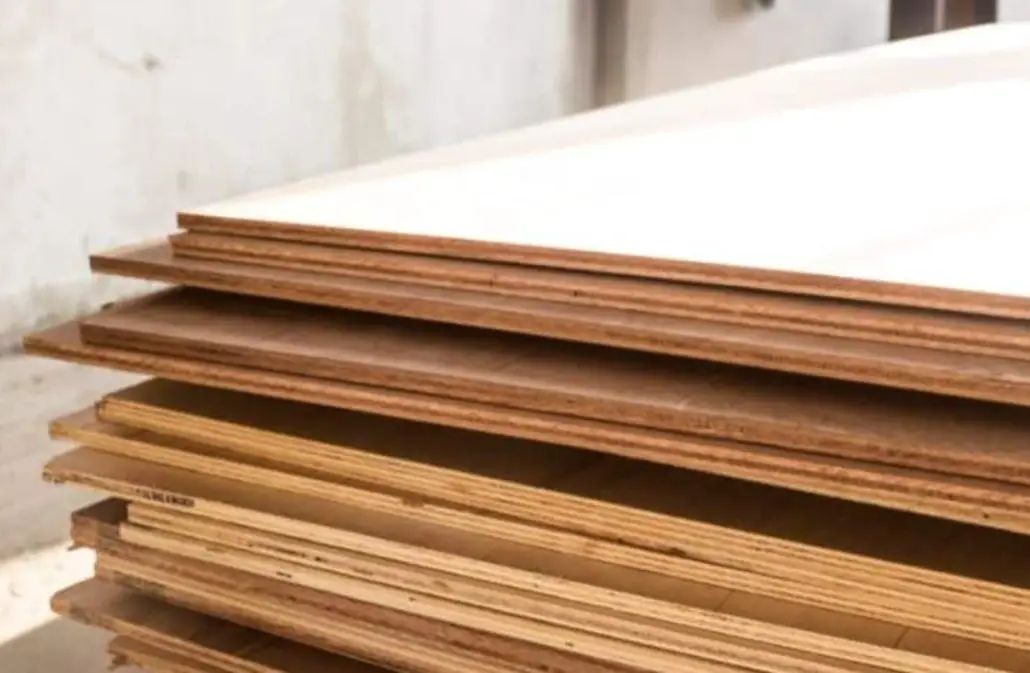
It Can Emit VOC’s
The glue that is used to produce plywood may emit VOC’s when it is cut into or otherwise altered. VOC stands for Volatile Organic Compound and they have been known to cause eye irritation and other health issues.
Additional Health Issues
Again, the glue that is used to make plywood often contains phenol formaldehyde and urea which have also been known to cause serious health problems.
Storage and Transportation Issues
You have to be very careful with how and where you store plywood because it is very susceptible to moisture damage. If it’s not transported very carefully it can very easily sustain splinter damage as well.
Plywood Vs MDF
MDF is often less expensive than plywood and it is easier to cut. If you are working with a scroll saw or a jigsaw, you will find that MDF is much easier to cut and makes for finer detailing.
Plywood Vs Particle Board
Particle board is generally smoother than plywood so it’s easier to sand. However, particle board is considerably weaker than plywood so it is not useful for the same kinds of projects that plywood is.
Plywood can also be molded into more shapes than particle board.
Plywood Vs OSB
Oriented Strand Board (OSB) is another type of manufactured wood product. It is typically thicker than plywood which also means that it’s heavier. While it is generally stronger than plywood, it is also more susceptible to moisture permeation.
Plywood Vs Waferboard
Though plywood and waferboard are both types of engineered wood, plywood tends to be stronger. Waferboard lacks the alternating grain pattern that the layers of veneer that go into plywood have.
Instead, chinks of wood are combined in a hydraulic press to create waferboard.
The Advantages of Plywood

It’s Lightweight
One reason that plywood is often used in roofing construction is its weight. Plywood sheets are very light compared to other types of wood. It’s easier to transport and easier to work with because of this.
It Resists Bending
The manufacturing process (layering alternating grain pattern veneers on top of each other) that goes into making plywood gives it good lateral strength.
Especially when it is made to be ¾” thick or thicker, plywood resists bending or bowing very well.
Stronger Than MDF
Plywood is often compared to MDF – partly because some MDF elements actually go into its veneers. However, finished plywood is significantly stronger than pure medium-density fiberboard.
Varying Thicknesses
One of the reasons that plywood is used in cabinetry, furniture making, roofing and construction is because it comes in a variety of thicknesses. You can find planks of plywood in the range of ⅛” to ¾” thicknesses.
Varying Size
While the most common size for plywood is 4 x 8 feet, you can get it in sheets of 2 x 2, 2 x 4, 4 x 4 and even 4 x 10. The various sizes make it a viable option for many different projects.
Doesn’t Shrink Warp or Twist
Unlike uncured lumber, plywood will not alter its shape once it is manufactured. While you have to steer clear of moisture to prevent rot, plywood will not bow, shrink, warp or twist in almost any condition.
Plywood FAQ’s
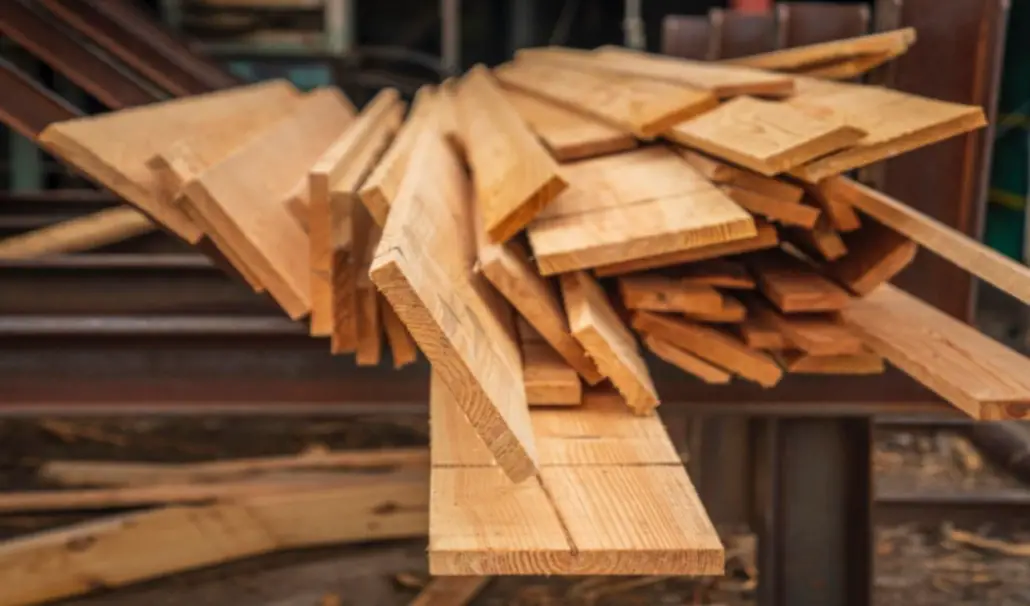
Q: What is the main use of plywood?
It is difficult to say but in a general sense, plywood is very often used in structural applications. Because of its strength, it can be used for roofing, walls and beams.
It is also commonly used in cabinetry, for outdoor furniture, crates and boxes.
Q: What is plywood not good for?
Plywood should never be used for any structure that is built to withstand heavy loads. It is not strong enough to support heavy weight. It is usually not suitable for surface construction or manufacturing either.
Q: Which plywood is the strongest?
There are different kinds of plywood including decorative plywood, flexible plywood and marine plywood. But the strongest type is marine plywood. Much of the strength comes from the type of glue that is used to produce it.
Moisture-resistant glue is used to manufacture marine plywood which is part of what makes it so durable and resistant to moisture damage.
Q: Is plywood waterproof?
No. Even marine plywood has a limit to how much moisture it can be exposed to. Plywood is susceptible to moisture damage because layers of wood veneers are stacked on top of each other to manufacture it.
Naturally, water could get in between these layers and weaken its constitution. While many types of plywood can be treated to resist moisture, no plywood is completely waterproof.
Q: Which plywood is the best quality?
The best quality plywood will be A-Grade plywood. Unlike normal plywood, A-grade plywood is made of flawless veneers. It is also much smoother than other kinds of plywoods. It is easier to work with if you need to sand or paint it as well.
Q: Can I make plywood waterproof?
You can use paint, polyurethane or an epoxy finish to enhance the water resistance of plywood. However, it should be noted that while these coats enhance the water resistance of plywood, they don’t make it 100% waterproof.
You will also have to refinish the wood every year or more. If you need plywood that is exceptionally water-resistant, you are better off starting with marine plywood which is made with special glue that can protect the plies against moisture damage.
Q: What is thin plywood called?
Thin pieces of plywood are often called Luan. Luan is made from a specific type of tropical wood and usually refers to plywood that is ¼” thick.
Q: How strong is plywood?
It depends on the quality and size. For example, fir plywood can support about 50 pounds or more if it is cut to be ¾” thick.
Q: What is the thickest plywood?
In most cases, the thickest cut of plywood you will be able to find will be ¾”.
Q: What plywood is lightest?
It will depend on the type of wood that was used to make the plywood sheets. In general though, plywood made from poplar or balsa veneers tend to be the lightest. That’s because balsa and poplar veneers can be made to be up to 70% less dense than other types of wood.
Is Plywood Worth Buying? – Final Assessment
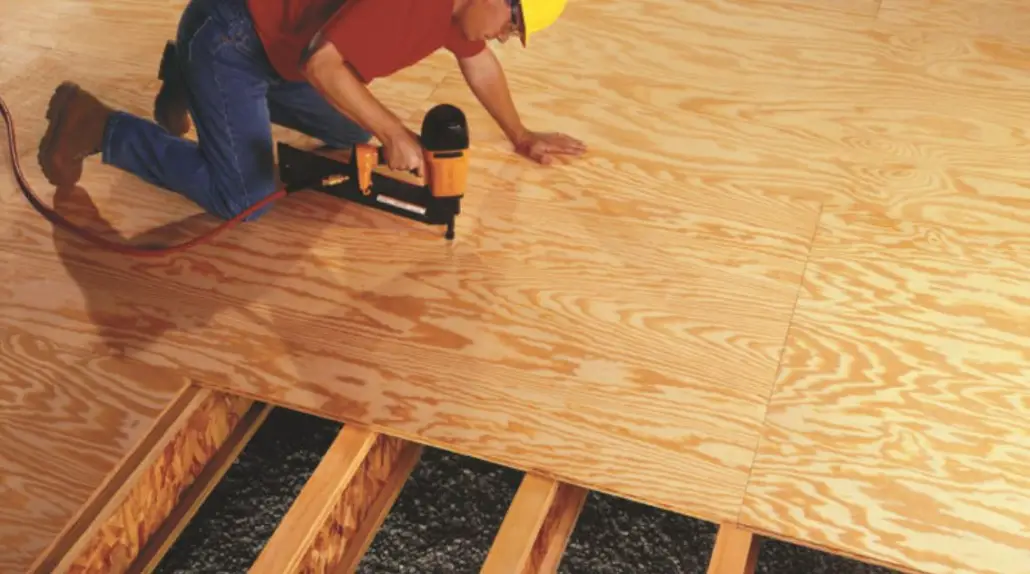
The short answer to the question, ‘is plywood worth buying?’ is an emphatic yes. There is a reason it is used so commonly in construction, interior structures, roofing, cabinetry and even furniture manufacturing.
However, you have to pick your spots. Plywood will not be appropriate for surface work because it is so rough. It is also not the nicest-looking type of wood so you would never want to put it out on front street.
It is also not strong enough to be used for structural purposes. However, there is a lot more you can do with plywood than things you can’t do with it. It is an affordable option for many home and DIY projects. It’s lightweight and generally easy to work with too.
In the end, it will depend on what the project is. But it’s very clear that plywood has a secure place in many industries – and that’s not likely to change any time soon.


